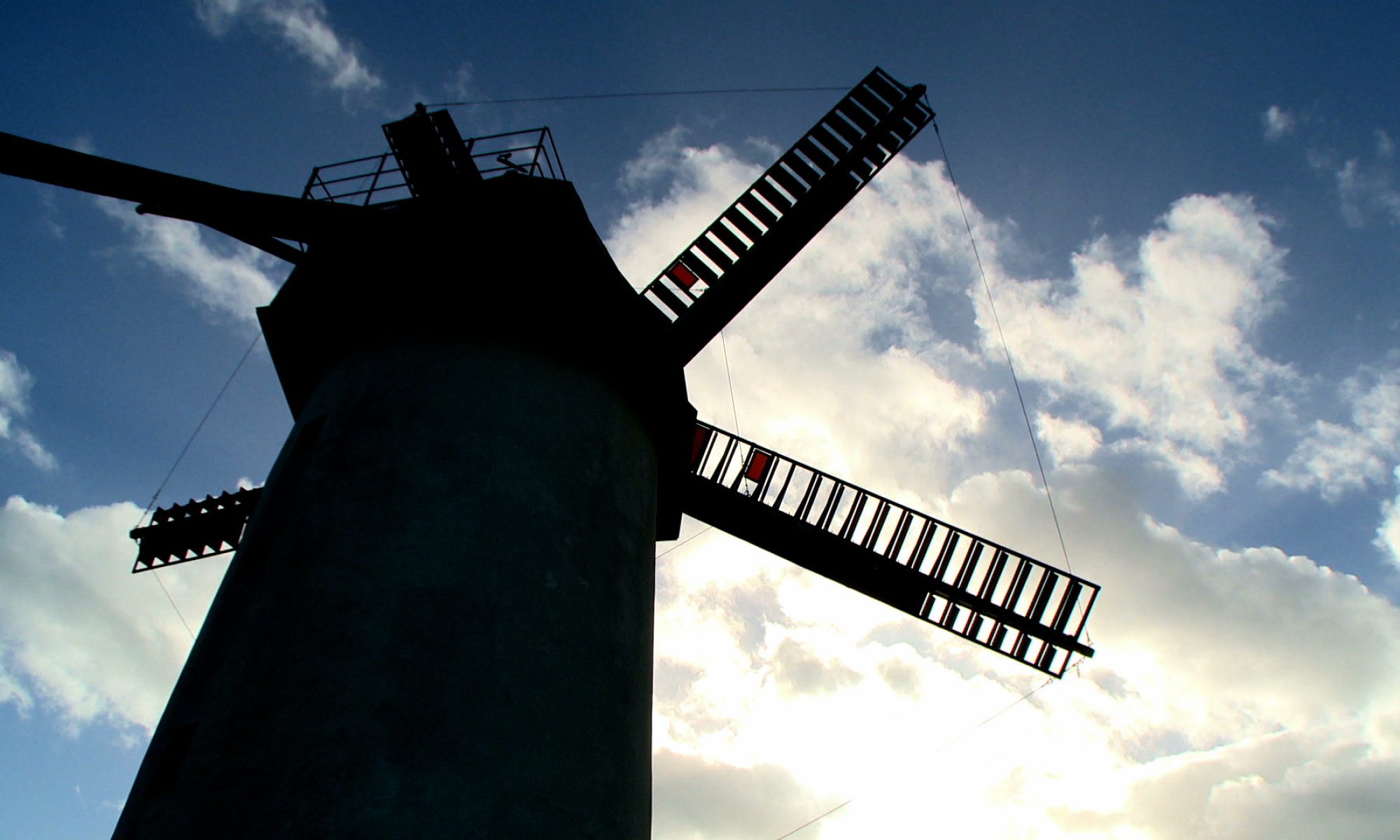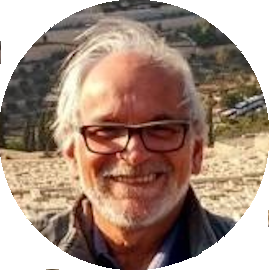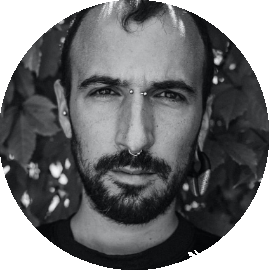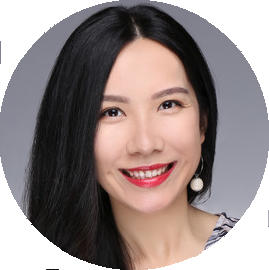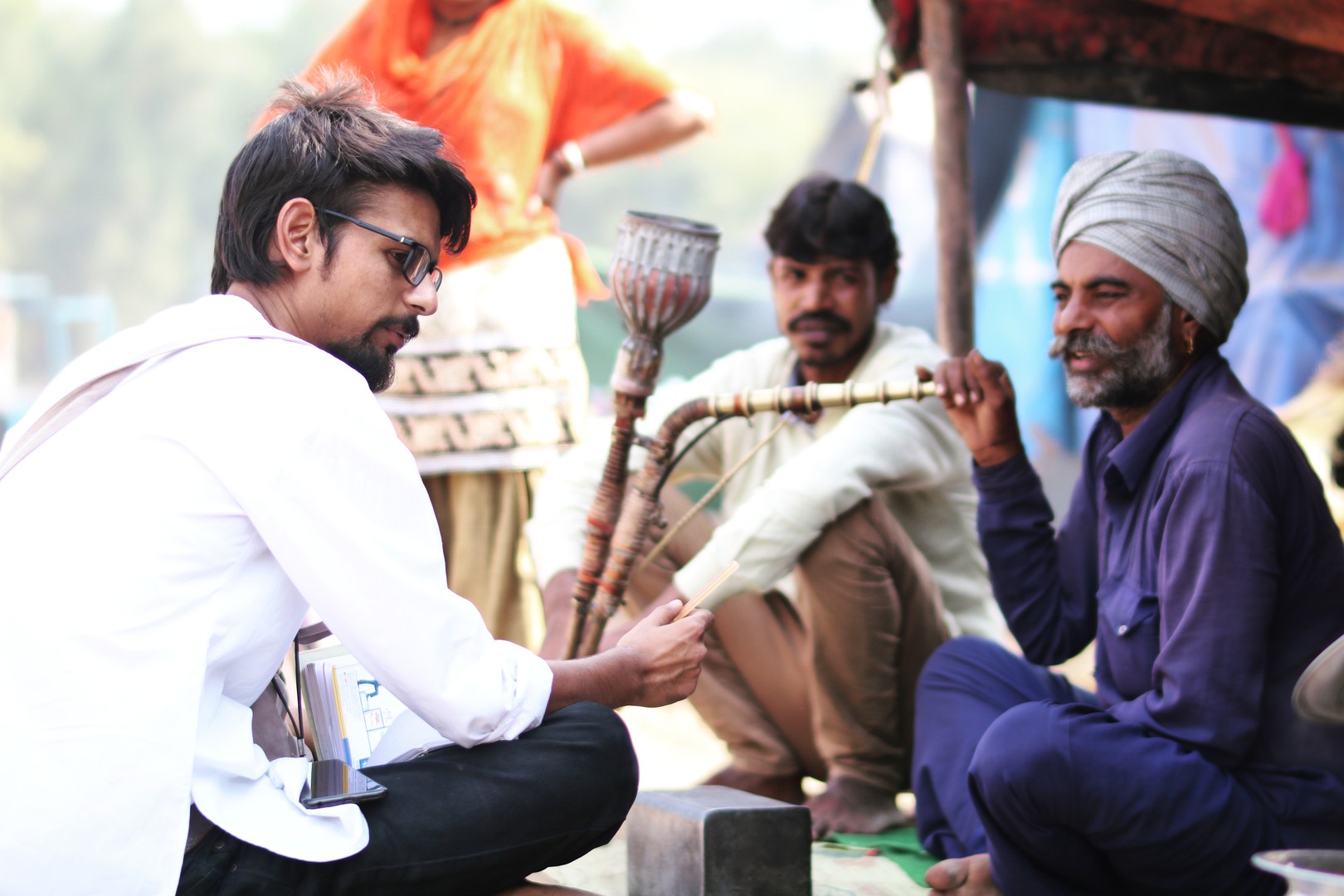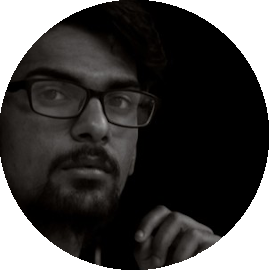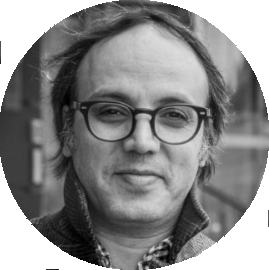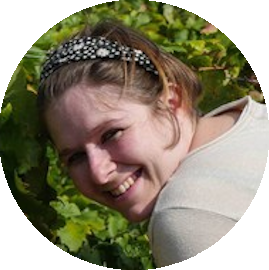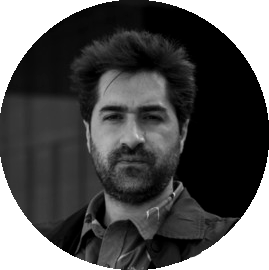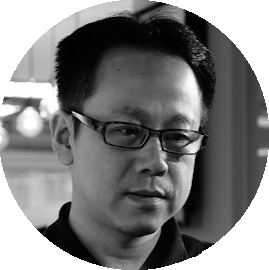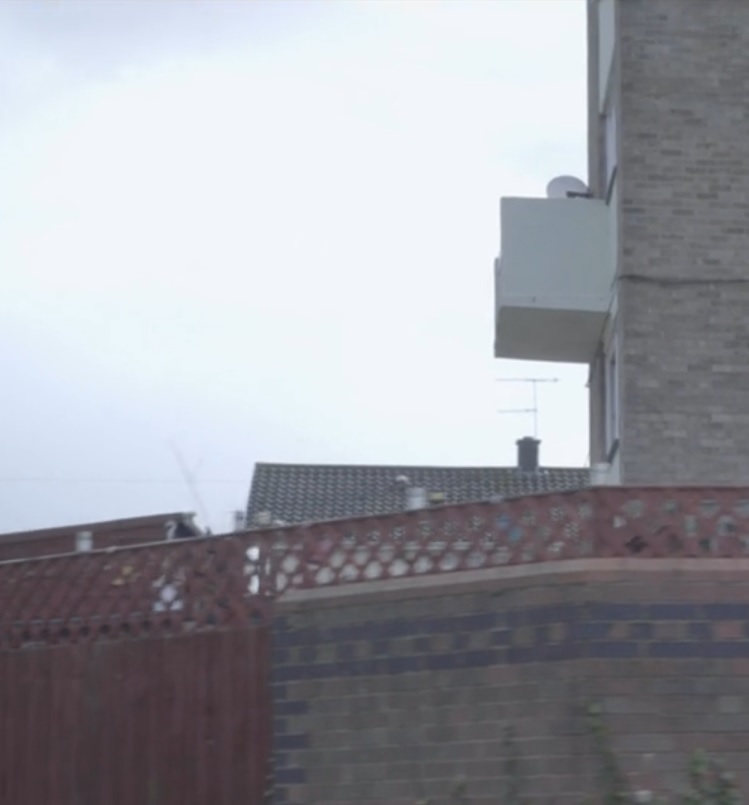 The United Kingdom is renowned for it’s multicultural and diverse society. But has the theme of ‘community’ changed or faded? And how do outsiders perceive the working class, council estates of the United Kingdom?
The United Kingdom is renowned for it’s multicultural and diverse society. But has the theme of ‘community’ changed or faded? And how do outsiders perceive the working class, council estates of the United Kingdom?
Brazilian Palestine
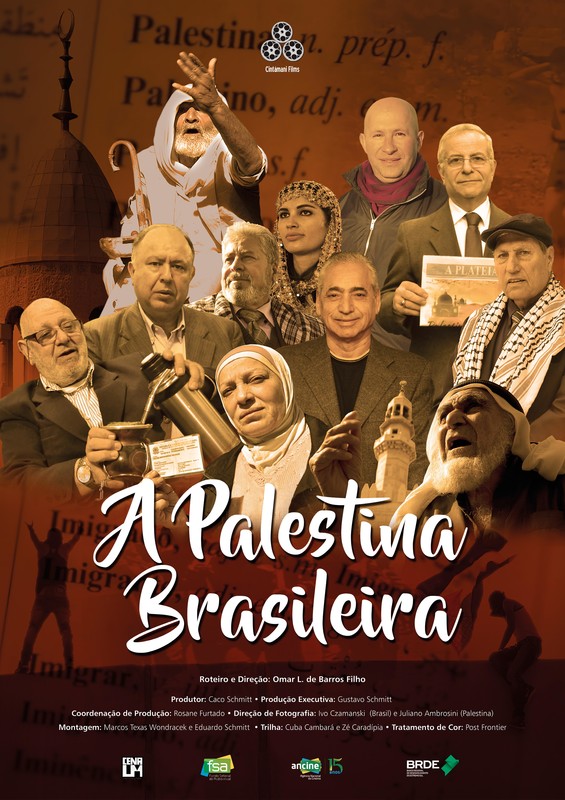 Marked by ethnic and cultural diversity, Rio Grande do Sul now houses thousands of Palestinian immigrants and their descendants. The communities born of the nakba – the Arabic word whose meaning is catastrophe or disaster – seek, in the diaspora, full integration and a new citizenship in Brazil. Today, they try to survive, grow and gain recognition for their economic, social and cultural contribution. But who are these immigrants and refugees? How do they live, preserve their identities and relate to local societies? How do you see your present reality and your future? Have your dreams of peace been fulfilled? Do you want to go back to the land where you were born? How do you perceive the current political storms in occupied Palestine? With scenes filmed in southern Brazil and the Middle East, the documentary “The Brazilian Palestine” reveals the roots, the degree of integration, the sense of belonging of six families reached by prejudices, persecutions and wars. It questions its current condition, and shows how men, women and young people stand in the face of their rights and the ethical and religious values of their traditional culture. They are narratives of the lived, that rescue lost places and stories that are behind. They are shared memories, letters, photographs and memories that re-live the past and how much of it is left in the present.
Marked by ethnic and cultural diversity, Rio Grande do Sul now houses thousands of Palestinian immigrants and their descendants. The communities born of the nakba – the Arabic word whose meaning is catastrophe or disaster – seek, in the diaspora, full integration and a new citizenship in Brazil. Today, they try to survive, grow and gain recognition for their economic, social and cultural contribution. But who are these immigrants and refugees? How do they live, preserve their identities and relate to local societies? How do you see your present reality and your future? Have your dreams of peace been fulfilled? Do you want to go back to the land where you were born? How do you perceive the current political storms in occupied Palestine? With scenes filmed in southern Brazil and the Middle East, the documentary “The Brazilian Palestine” reveals the roots, the degree of integration, the sense of belonging of six families reached by prejudices, persecutions and wars. It questions its current condition, and shows how men, women and young people stand in the face of their rights and the ethical and religious values of their traditional culture. They are narratives of the lived, that rescue lost places and stories that are behind. They are shared memories, letters, photographs and memories that re-live the past and how much of it is left in the present.
The Many Pink Triangles
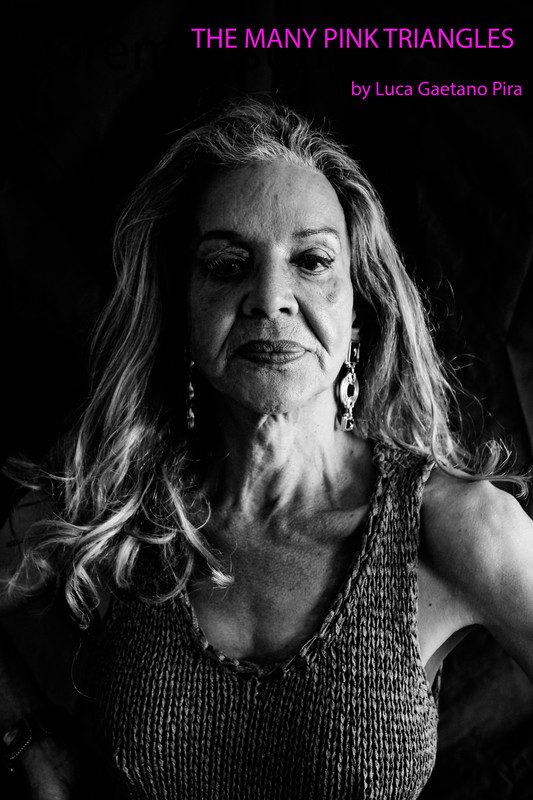 This documentary tells the story of the LGBTTI communities who have suffered persecution, prison and torture for their sexual condition under different military dictatorships in recent decades.
This documentary tells the story of the LGBTTI communities who have suffered persecution, prison and torture for their sexual condition under different military dictatorships in recent decades.
The idea borns from the photographic and archival project for the recovery of the historical memory of the different LGBTTI communities in the world, a chapter of history too often hidden and forgotten.
This first chapter is a journey around Spain, Chile, Argentina, Uruguay, countries where the dictatorship has strongly marked the history of the LGBTTI community, oppressed by police regimes and social intolerance.
A Woman Who Paints Thangkas
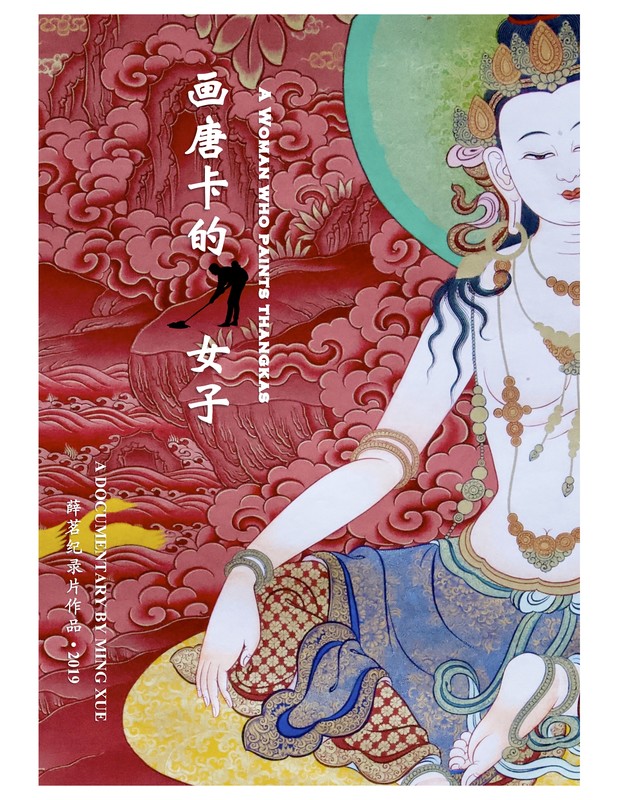 Rebgong (Qinghai province, China) is well-known for its Tibetan Buddhist thangka art for centuries. However, Tibetan women were not allowed to learn or to paint thangkas, until recent years. Lutso is one of the few Tibetan female thangka painters in Rebgong. She is also a mother, a wife, and the oldest daughter in the family. The film captures Lutso’s unique life as a thangka painter, who has a career to develop and a family to support..
Rebgong (Qinghai province, China) is well-known for its Tibetan Buddhist thangka art for centuries. However, Tibetan women were not allowed to learn or to paint thangkas, until recent years. Lutso is one of the few Tibetan female thangka painters in Rebgong. She is also a mother, a wife, and the oldest daughter in the family. The film captures Lutso’s unique life as a thangka painter, who has a career to develop and a family to support..
GADIYA LOHAR
The Girl with Blue Eyes
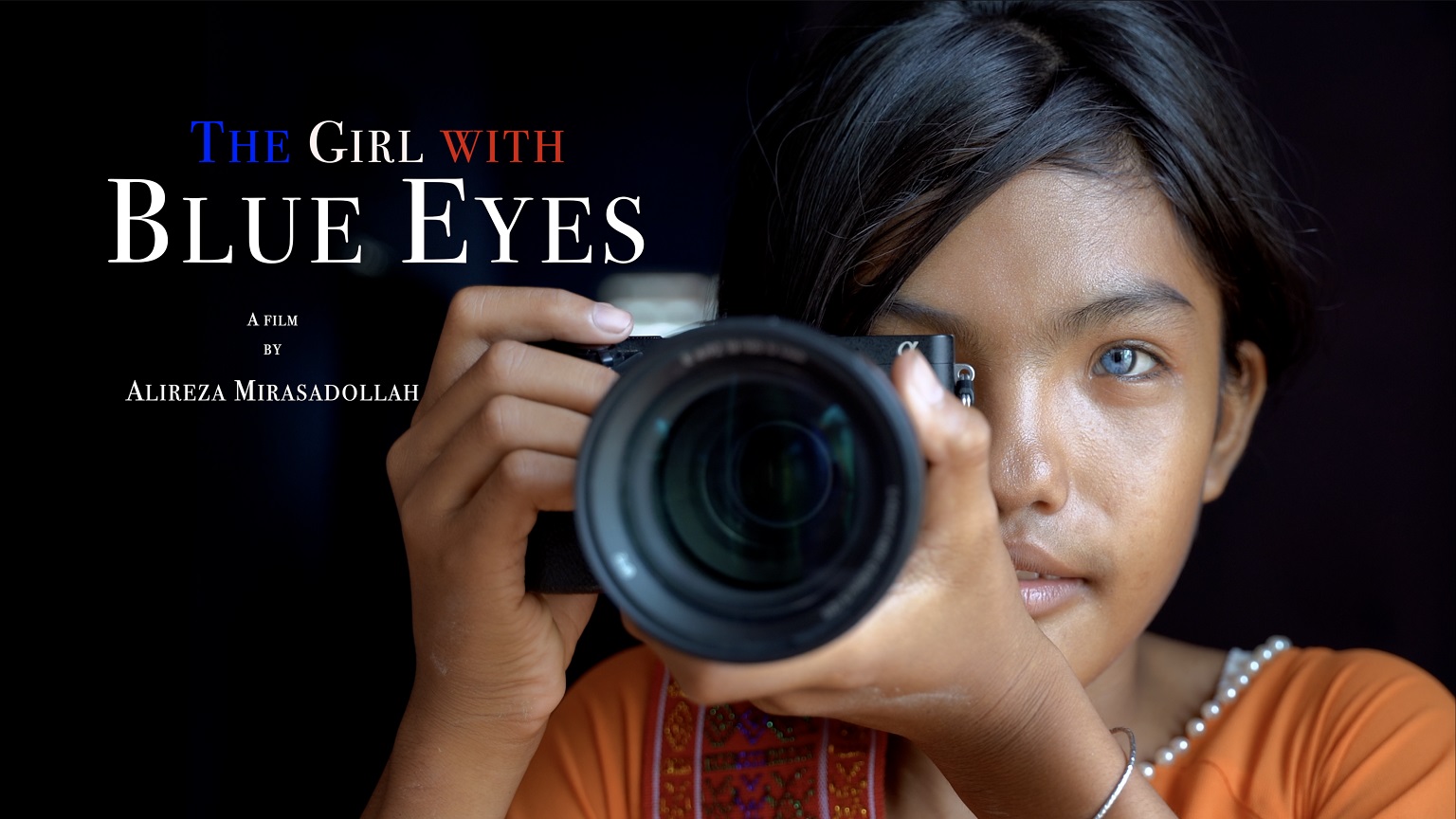 Anphouc is an 11 years old girl from Vietnam. her pairs of big bright blue eyes attracted many photographers from all around the world to visit her. she is one of the Vietnam tourist attractions icons but despite all that, An Phouc and her family are suffering from poverty and struggling with racism. She also has some bad memory of modeling for some doggy Photographers.
Anphouc is an 11 years old girl from Vietnam. her pairs of big bright blue eyes attracted many photographers from all around the world to visit her. she is one of the Vietnam tourist attractions icons but despite all that, An Phouc and her family are suffering from poverty and struggling with racism. She also has some bad memory of modeling for some doggy Photographers.
To Wake – Buddhi
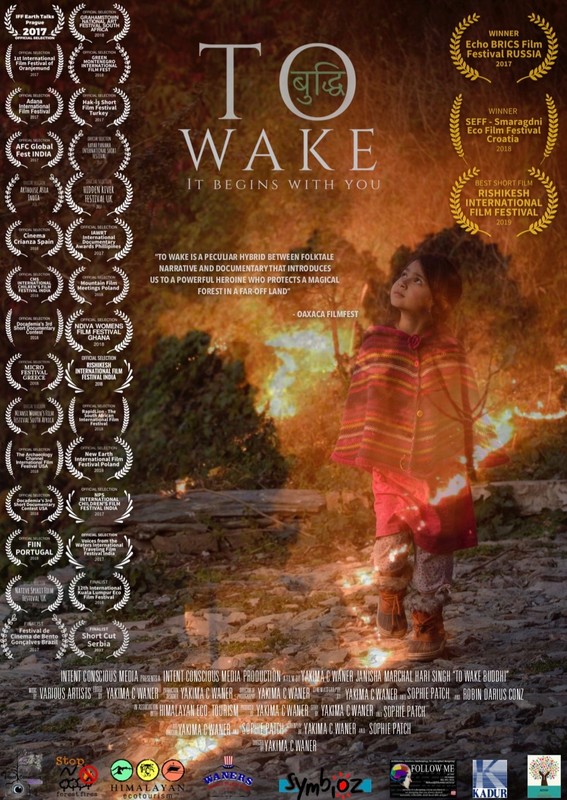 Once upon a time in the forest of Kullu, there was a young girl named Janisha Marchal. This girl was happy whenever she played in the forest. The trees spoke to her, she was completely in tune with the ecosystem. However, the presence of fires began killing the trees and unchecked human greed ravaged the land. The trees communicate their message to Janisha as a warning for all of humankind: humans cannot keep burning the forests and cutting down the trees or else there will be irreparable consequences for people. This green paradise situated in the Himalayas is in grave danger due to the savage climate change caused by the neglect of men. This may be desribed like a fairy tale, but it is actually a documentary, and the fate of the Kullu forest is a very real concern.
Once upon a time in the forest of Kullu, there was a young girl named Janisha Marchal. This girl was happy whenever she played in the forest. The trees spoke to her, she was completely in tune with the ecosystem. However, the presence of fires began killing the trees and unchecked human greed ravaged the land. The trees communicate their message to Janisha as a warning for all of humankind: humans cannot keep burning the forests and cutting down the trees or else there will be irreparable consequences for people. This green paradise situated in the Himalayas is in grave danger due to the savage climate change caused by the neglect of men. This may be desribed like a fairy tale, but it is actually a documentary, and the fate of the Kullu forest is a very real concern.
The term “Buddhi” is a feminine vedict Sanskrit which is used to describe the force behind wisdom and awakening, thus giving the documentary’s title “TO WAKE”. Janisha, despite being five years of age, is wiser and far more in tune with nature than people may realize. Janisha and the women of the community she lives in have dedicated their lives to preserve the Kullu forest. They are environmentally aware on both a physical and spiritual level. Her people even go so far as to design an oven which burns fewer wood and emits less smoke emissions. Janisha wishes to impart and extend her wisdom to the people of her village, thus empowering them to save their ecosystem. However, Janisha has also seen the dark side of human ignorance: massive fires burning the magical forest she lives in, for no reason at all. The toll this takes on her reveals the almost symbiotic relationship between Janisha and the forest itself, as she is in tune with her surroundings on a deeply spiritual level. Janisha understands the forest, she feels its pain when burnt and decimated, and this is why she communicates her message and tries to spread the word before it is too late. Janisha represents the power of women as protectors of nature, women have always been more connected to the earth and Janisha is a clear example of a level of awareness that not many manage to achieve. Janisha is also highly empathetic with animals and other living beings, becoming a protector of life as a whole, for both flora and fauna and for all of humanity for it is all connected. Without the trees, there is no air, no water from the rains, no animals to keep the delicate equilibrium and finally there will be no more people on the face of the earth. Janisha was born with a nerve disorder known as “Erb’s Palsy” which has rendered her right arm immobile, this doesn’t stop her from becoming an ambassador, a teacher and a mentor for an entire generation of protectors and activists. Janisha is the heroine of an ongoing story; her battle as protector of the Kullu forest has just begun. Her name means “Go Darkness”, her destiny is to bring light to the world.
-What’ll Happen?-
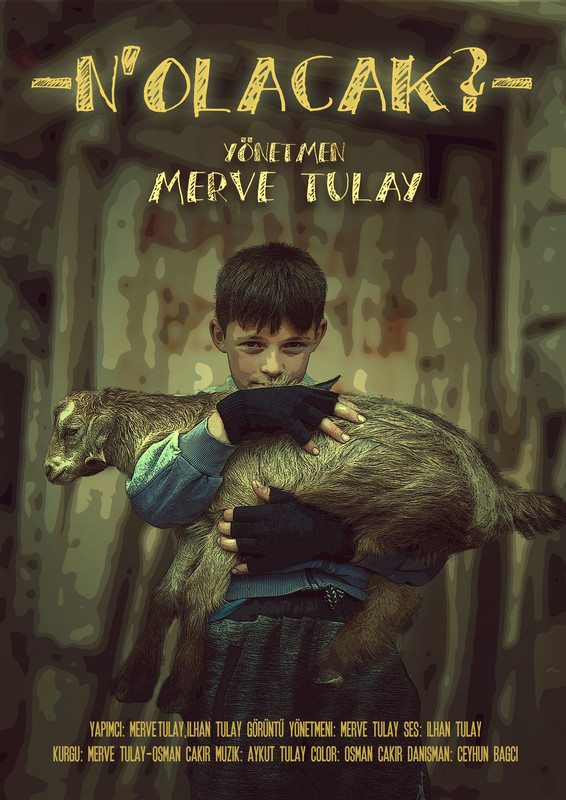 Families in city life or in the countryside should ensure that their children live and receive good education.
Families in city life or in the countryside should ensure that their children live and receive good education.
they ask. Having children read and occupy, with difficulties in the provinces like themselves
METE family, who wants not to deal with, also ensures that Alperen gets a good education and a good profession in the future.
wants to have it. Animal love of Alperen is everything in their thoughts
ahead of him …
OUTRA VOZ
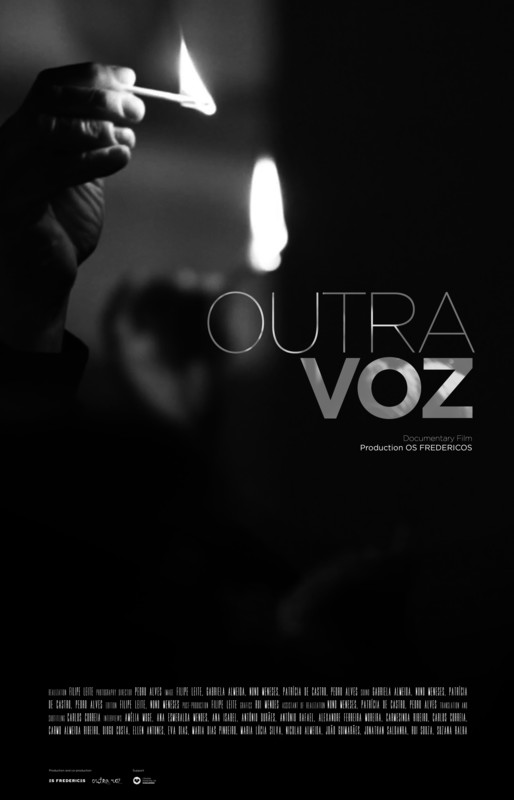 “Outra Voz” (another voice) was created in 2010, within the scope of the Community Area of Guimarães 2012 – European Capital of Culture. With the goal of exploring the voice as a sound, word, song, the body as movement and space, “Outra Voz” brings together about a hundred people from all age, cultural and geographic backgrounds. During its six years of existence, “Outra Voz” included in its repertoire, traditional and original songs, opening and growing with portuguese and foreign artists and creators, involving other local groups in the preparation of their public presentations, in the county of Guimarães and outside it. After 2012, it continues to develop its activity autonomously, constituting itself as an association that develops its work through six weekly regular rehearsal groups located in different parishes of Guimarães, continuing to collaborate with a group of artists with whom it worked during the event and new artists meanwhile it has found along the way: Amélia Muge, António Durães, António José Martins (Trovante), Carlos Correia, Catarina Miranda, Cláudia Ribeiro, Colectivo Pele, Fernando Lapa, Fernando Ribeiro, Inês Campos, João de Guimarães, Jonathan Uliel Saldanha, José Eduardo Silva, José Mário Branco, Luís Carvalho (Riotous Company), Magna Ferreira, Mão Morta, Mia Theil Have (Riotous Company, Odin Teatret), Michales Loukouvikas, Nikola Kodjabashia, Rafaela Salvador, Colectivo Soopa, Rui Sousa, Teia Campos. This documentary is a one year window of its activity through the perspective of some of those involved.
“Outra Voz” (another voice) was created in 2010, within the scope of the Community Area of Guimarães 2012 – European Capital of Culture. With the goal of exploring the voice as a sound, word, song, the body as movement and space, “Outra Voz” brings together about a hundred people from all age, cultural and geographic backgrounds. During its six years of existence, “Outra Voz” included in its repertoire, traditional and original songs, opening and growing with portuguese and foreign artists and creators, involving other local groups in the preparation of their public presentations, in the county of Guimarães and outside it. After 2012, it continues to develop its activity autonomously, constituting itself as an association that develops its work through six weekly regular rehearsal groups located in different parishes of Guimarães, continuing to collaborate with a group of artists with whom it worked during the event and new artists meanwhile it has found along the way: Amélia Muge, António Durães, António José Martins (Trovante), Carlos Correia, Catarina Miranda, Cláudia Ribeiro, Colectivo Pele, Fernando Lapa, Fernando Ribeiro, Inês Campos, João de Guimarães, Jonathan Uliel Saldanha, José Eduardo Silva, José Mário Branco, Luís Carvalho (Riotous Company), Magna Ferreira, Mão Morta, Mia Theil Have (Riotous Company, Odin Teatret), Michales Loukouvikas, Nikola Kodjabashia, Rafaela Salvador, Colectivo Soopa, Rui Sousa, Teia Campos. This documentary is a one year window of its activity through the perspective of some of those involved.
“Outra Voz” (another voice) through its own voice.
The Future of Buddhism is in My Hands
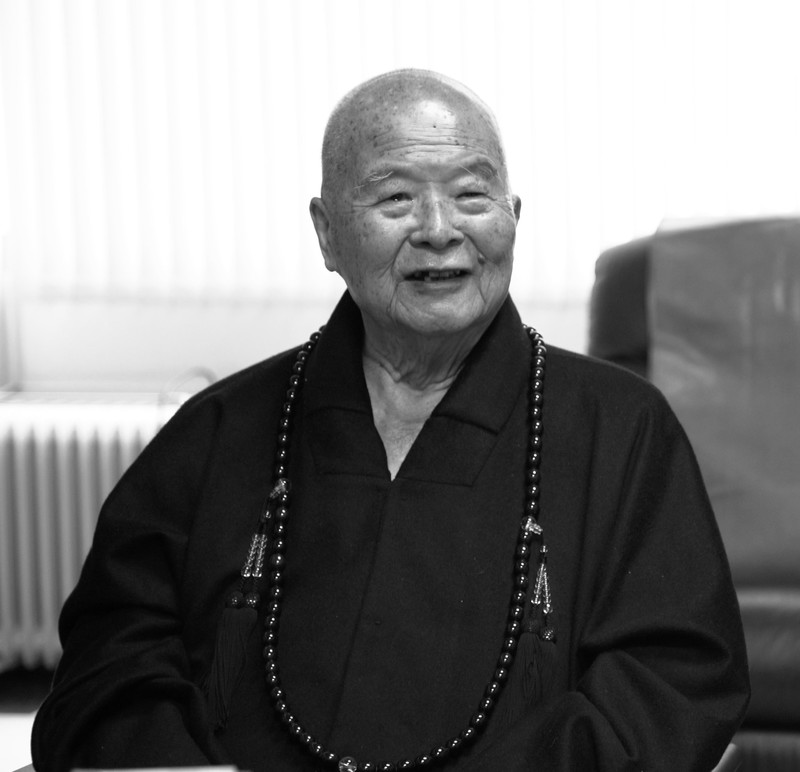 The Venerable Master Hsing Yun is a world-renowned religious leader, humanitarian, author and teacher. At the age of ninety, the Venerable Master Hsing Yun talks about the “beautiful human world” he often dreamed about in the last two, three years. Aiming to trace a religious leader’s train of thought, the film looks into how Fo Guang Shan(FGS) started on a desolate hill in Taiwan Kaohsiung and expanded into an organisation, which has branches in all five continents, turning the world into a better place by propagating the Humanistic Buddhism. Through the “FGS Buddhist Centre” in India, the “Children of Zu Lai” football team in Brazil and the Filipino musical Siddhartha, we hear countless moving tales and witness the Venerable Master Hsing Yun’s compassion. Moreover, we see how the lives of numerous people are dramatically improved as they receive the education Fo Guang Shan offer, and it proves that Hsing Yun is not only a great religious leader but also a great educator. This production took the crew four years to complete after having travelled to eight countries for the story. This documentary shows us how the Venerable Master has achieved so much in just a few decades.
The Venerable Master Hsing Yun is a world-renowned religious leader, humanitarian, author and teacher. At the age of ninety, the Venerable Master Hsing Yun talks about the “beautiful human world” he often dreamed about in the last two, three years. Aiming to trace a religious leader’s train of thought, the film looks into how Fo Guang Shan(FGS) started on a desolate hill in Taiwan Kaohsiung and expanded into an organisation, which has branches in all five continents, turning the world into a better place by propagating the Humanistic Buddhism. Through the “FGS Buddhist Centre” in India, the “Children of Zu Lai” football team in Brazil and the Filipino musical Siddhartha, we hear countless moving tales and witness the Venerable Master Hsing Yun’s compassion. Moreover, we see how the lives of numerous people are dramatically improved as they receive the education Fo Guang Shan offer, and it proves that Hsing Yun is not only a great religious leader but also a great educator. This production took the crew four years to complete after having travelled to eight countries for the story. This documentary shows us how the Venerable Master has achieved so much in just a few decades.
